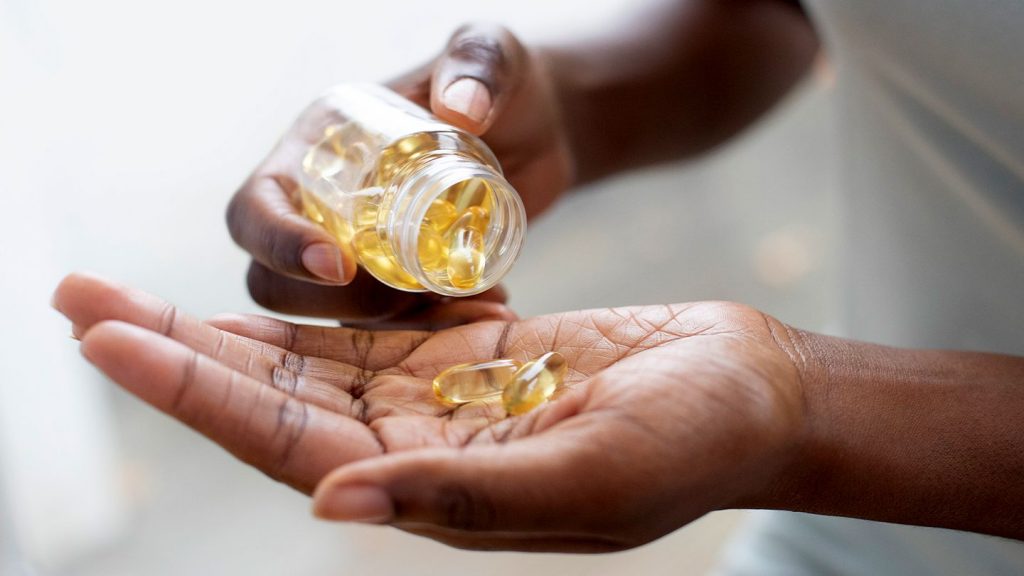With the sunshine we get being limited during winter, our spotlight is on Vitamin D deficiency.

Do you have the following symptoms?
- Aches in bones and back pain
- Feeling down and out and depressed or sad
- Very little “oomph” and fatigued
- Falling sick frequently
- Identified with osteo arthritis and or bone loss
- Hair loss (main cause is stress)
- Slow to heal wounds
This could be a sign of Vitamin D deficiency. Consult your doctor to get an assessment.
Some common risk factors for vitamin D deficiency:
- Having dark skin.
- Being elderly.
- Being overweight or obese.
- Not eating foods containing Vitamin D
- Living in locations where there is little sun year-round.
- Always using sunscreen when going out.
- Staying indoors.
Vitamin D deficiency is increasingly common among vegetarians and non-vegetarians alike, and most people are unaware of it because the symptoms are very subtle and non-specific.
Vitamin D plays a critical role in calcium absorption and bone health. Recent studies have linked vitamin D deficiency with osteoporosis, some cancers, cardiovascular disease, and autoimmune illnesses such as multiple sclerosis, rheumatoid arthritis, and insulin-dependent diabetes.
If we spend enough time in the sun, we will not require vitamin D from food, because our body can produce Vitamin from cholesterol in the presence of sunlight. However, there are factors that limit sun exposure, whether it is the time of the year, time of the day, clothes we wear, too much indoor activities, applying sunscreens and even pollution can interfere with the synthesis of vitamin D and food source is important.
How to get my daily dose of Vitamin D:
So where can you get your Vitamin D, sunlight is the most important source. Even if you take supplements, exposure to sunlight will help your liver process the food and supplements.
So be active, try to squeeze in a walk when there is sunlight, do a self-massage with sesame oil, eat food that has Vitamin D. Sunlight, Milk, Cheese, Yoghurt, Mushrooms, Fortified Soy Milk and Almond Milk, Plant-Derived Supplements (Oral Spray or Capsules), Tofu are good sources of Vitamin D.
How much Vitamin D must I have:
The recommended daily intake (RDI) is usually around 400–800 IU, but many experts say you need more than that.
On the other side of the scale, especially for pill poppers, Vitamin D can be harmful when amounts in the blood become too high. The Tolerable Upper Intake Level (UL) is the maximum daily intake of a nutrient that’s unlikely to cause harmful effects on health. The UL for vitamin D for adults and children ages 9+ is 4,000 IU. When vitamin D toxicity occurs, it is typically from taking supplements. Symptoms and signs of vitamin D toxicity include nausea, vomiting, lack of appetite, constipation, weight loss, weakness, confusion, irregular heartbeat, and damage to the heart and kidneys. Vitamin D supplements containing more than 4,000 IU should be taken under the supervision of your doctor.
Consult your doctor to assess your Vitamin D-related issues.
The practice of Yoga, especially weight-bearing poses along with breathing techniques and meditation could help in improving some of the bone density and mood-related issues. As we all know sunlight can provide enough Vitamin D for your body requirements. If possible try doing Yoga Practices under the sun if the weather permits. Don’t forget your UV protection lotion.




